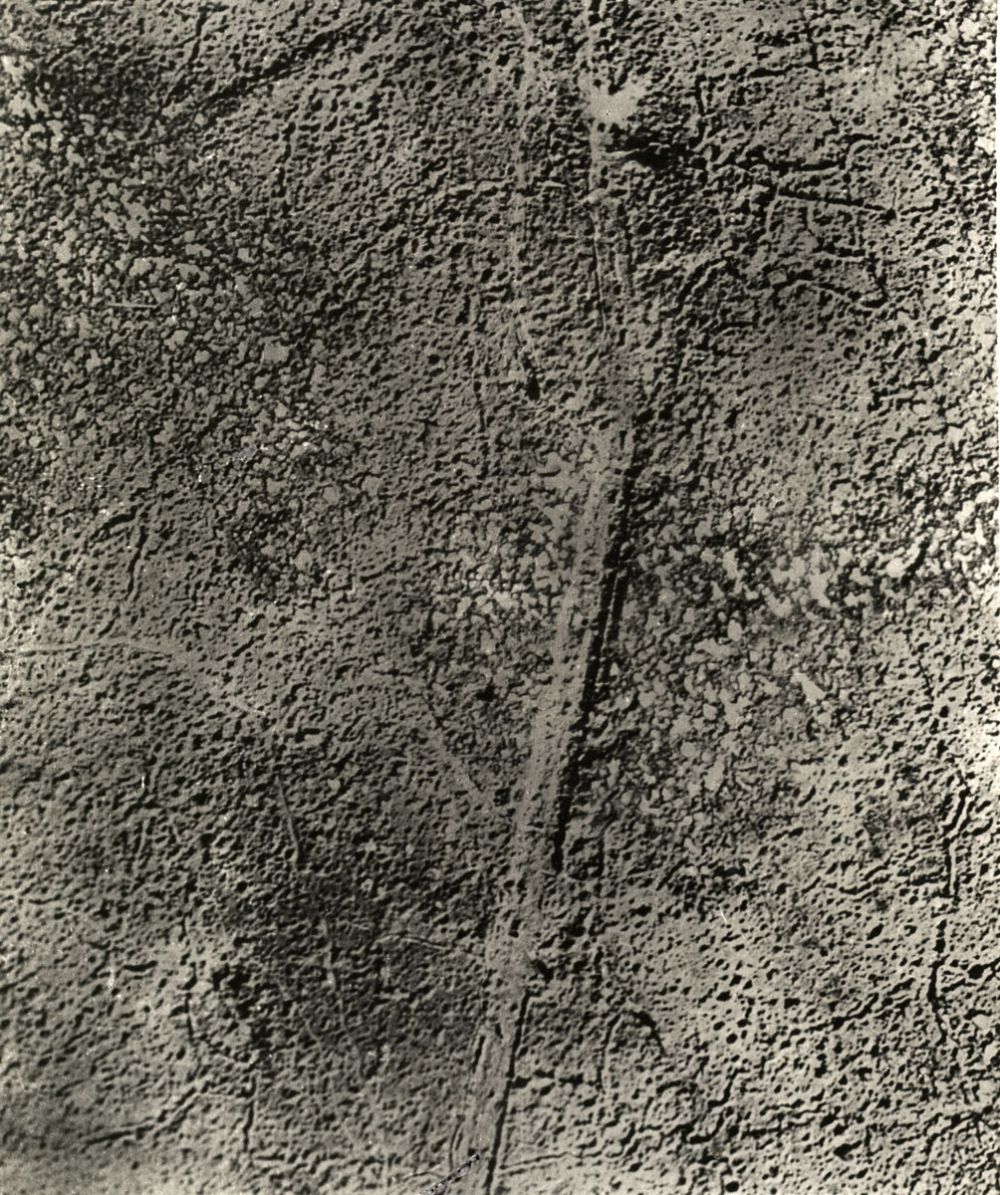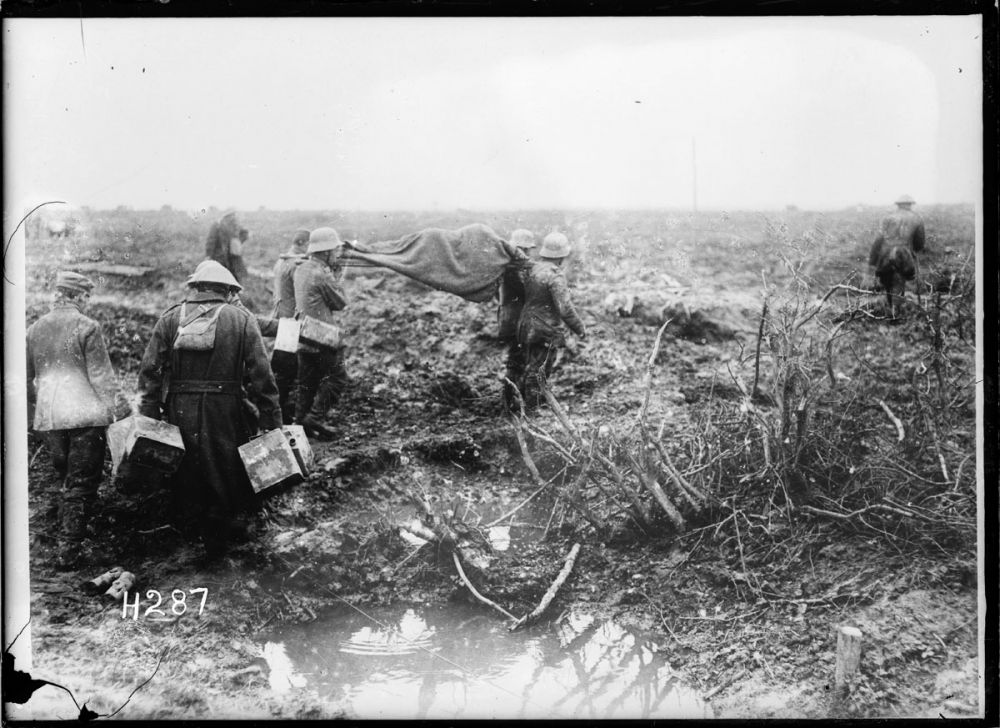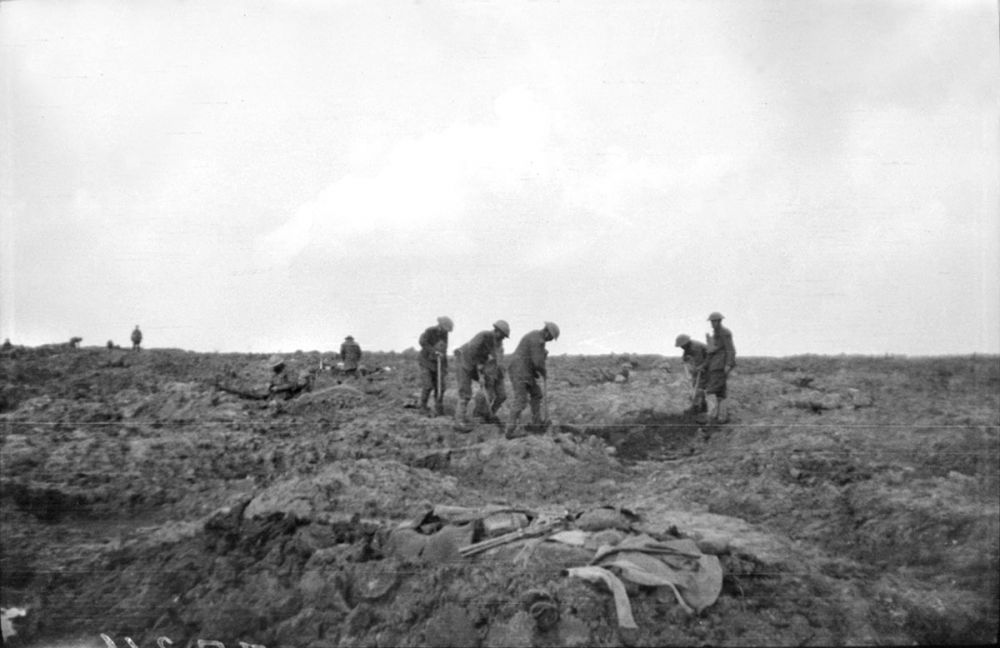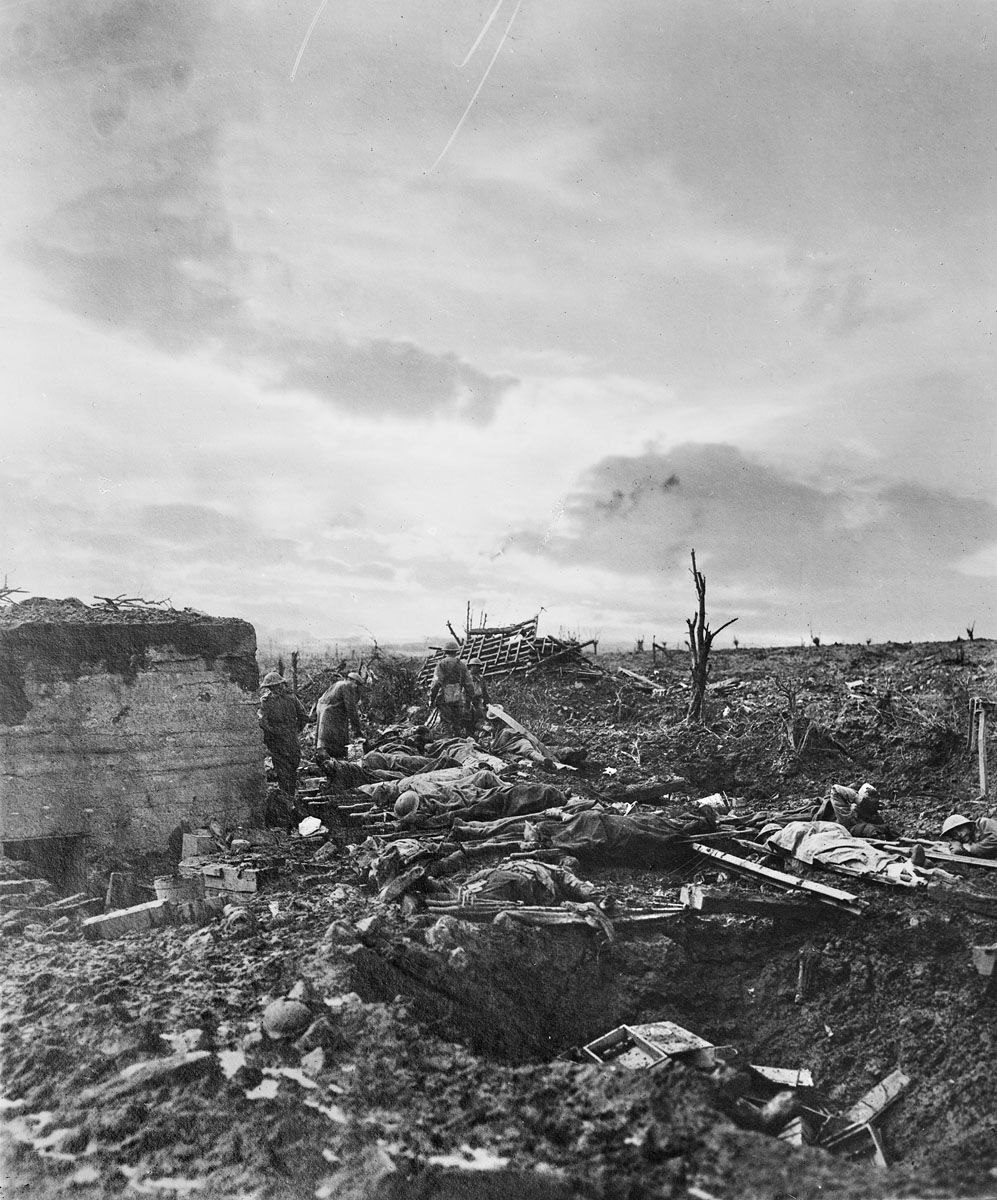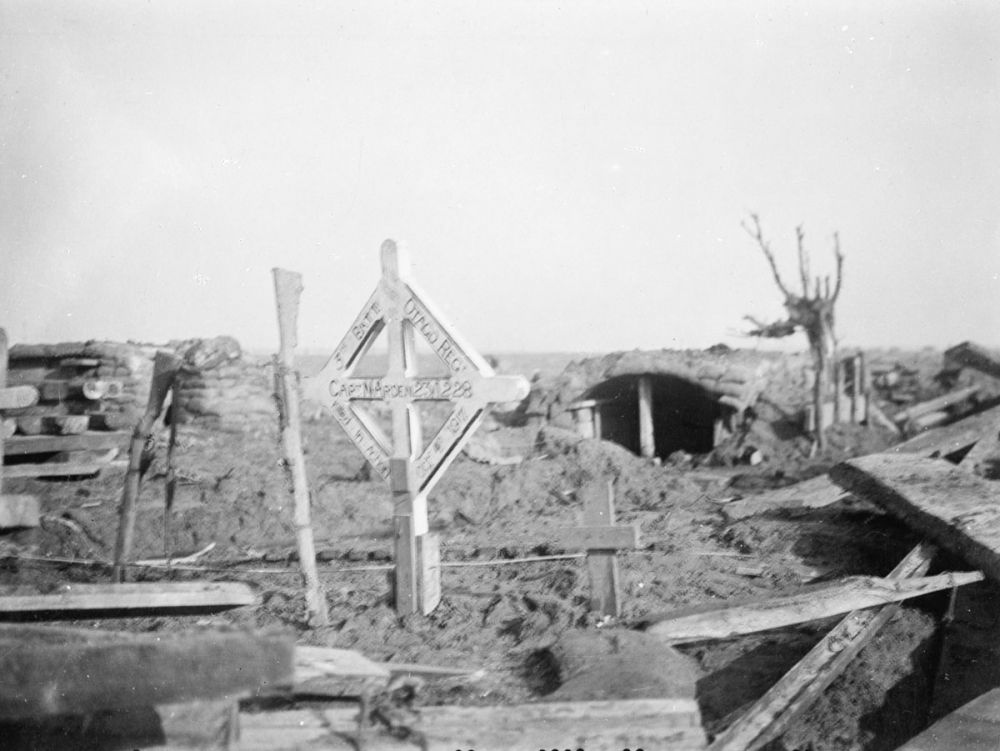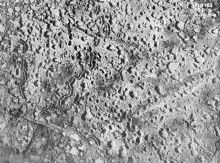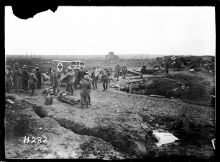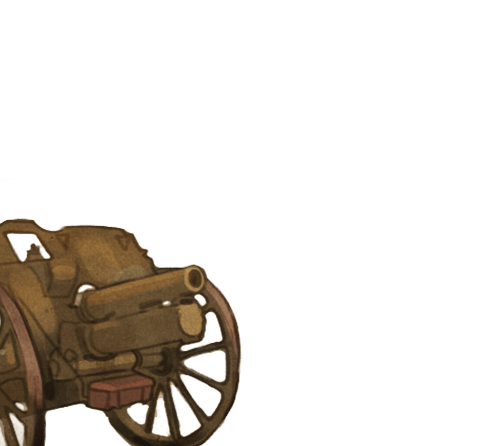Tyne Cot
You are now at the New Zealand Memorial to the Missing at Tyne Cot. As you can see it’s a distinctive enclosure, in the memorial wall. There are almost 1,200 names here, representing where men enlisted in every town and district in New Zealand. Over the past 30 years, 13 of these New Zealanders have been found, identified and buried, and this continues to happen.
The names on Tyne Cot include three brothers from Takaka - Leonard, Edwin and Leslie Newlove - all privates, who were all killed within eight days of each other in the two October attacks at Passchendaele. They were aged 40, 32, and 22 respectively. There are also at least five pairs of brothers on the memorial; Carmody, Hight, Leslie, McIlroy, and O’Gorman - and all but one of these men were killed on 12 October. Brothers, sons, cousins, farmers, teachers, university graduates - they all fell in Belgium during October 1917. These attacks once held the promise, certainly to Haig and his Generals, of an actual breakthrough - ending years of stalemate. This optimism disappeared with the failed assaults on 9 and 12 October. The cost of that failure can be read on these walls.
Walk among these headstones. At Tyne Cot, there are almost 12,000 of them. 70 percent are unidentified, and you can see many silver ferns among them. New Zealand paid dearly for Haig’s determination to push on. For the men who survived, it was to be a bleak winter here in the salient, occupying the ground - where we stand. Our Divisional Commander, General Russell, now faced the difficult task of rebuilding both the physical strength and the morale of his New Zealanders in order to face the struggle that would come in 1918.


